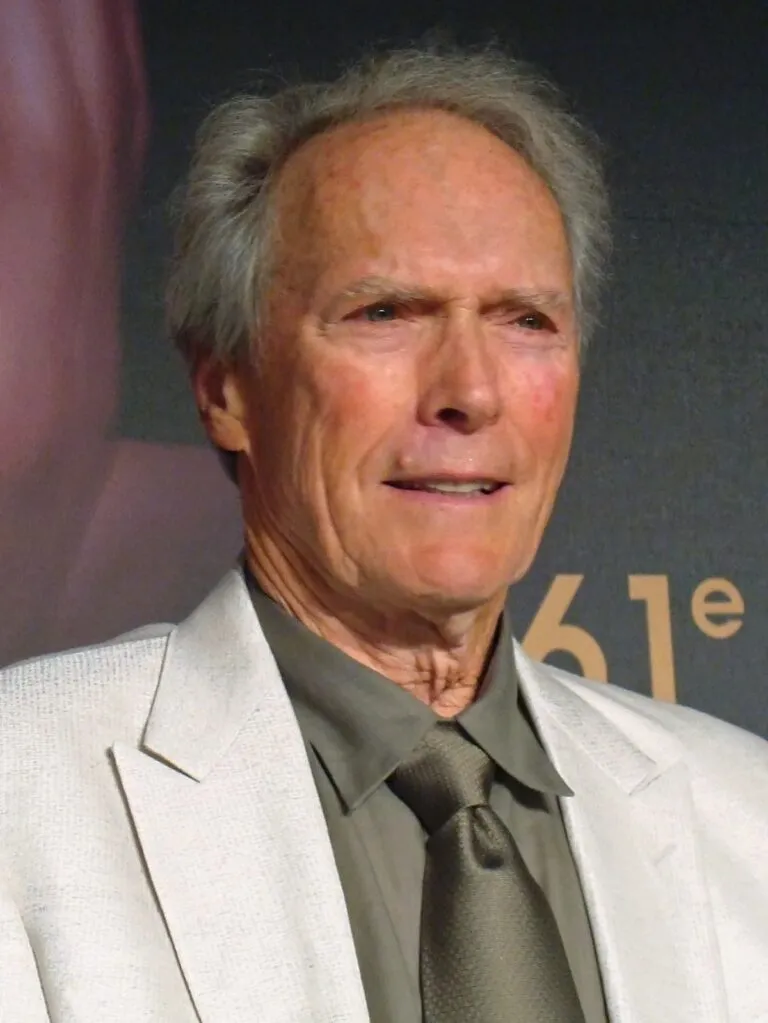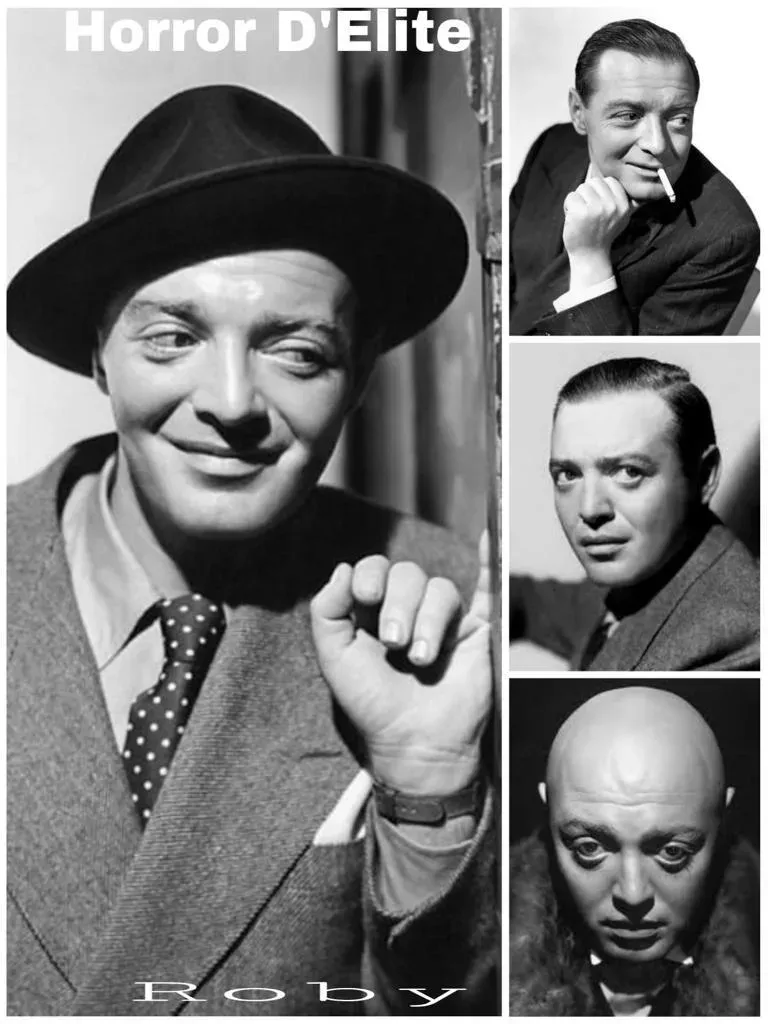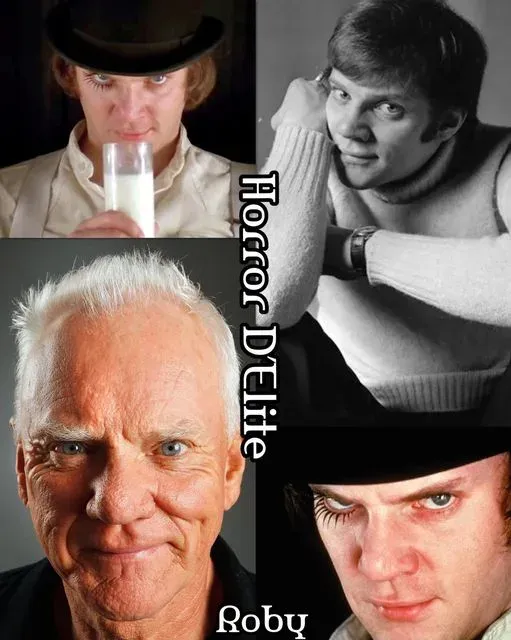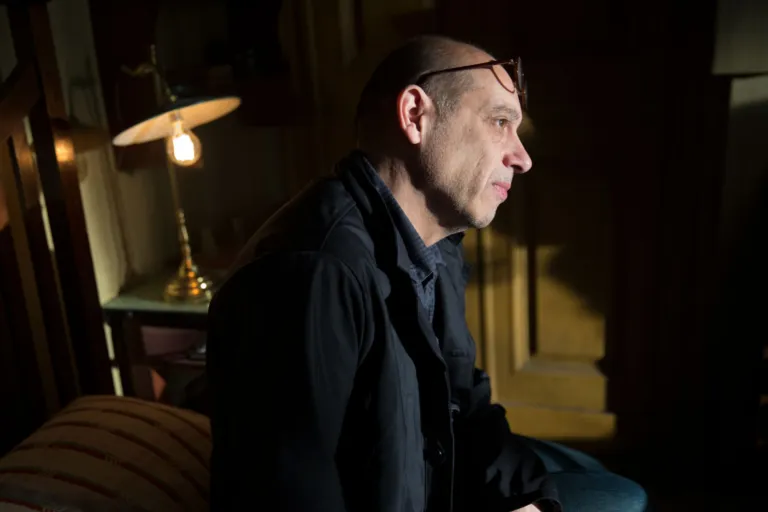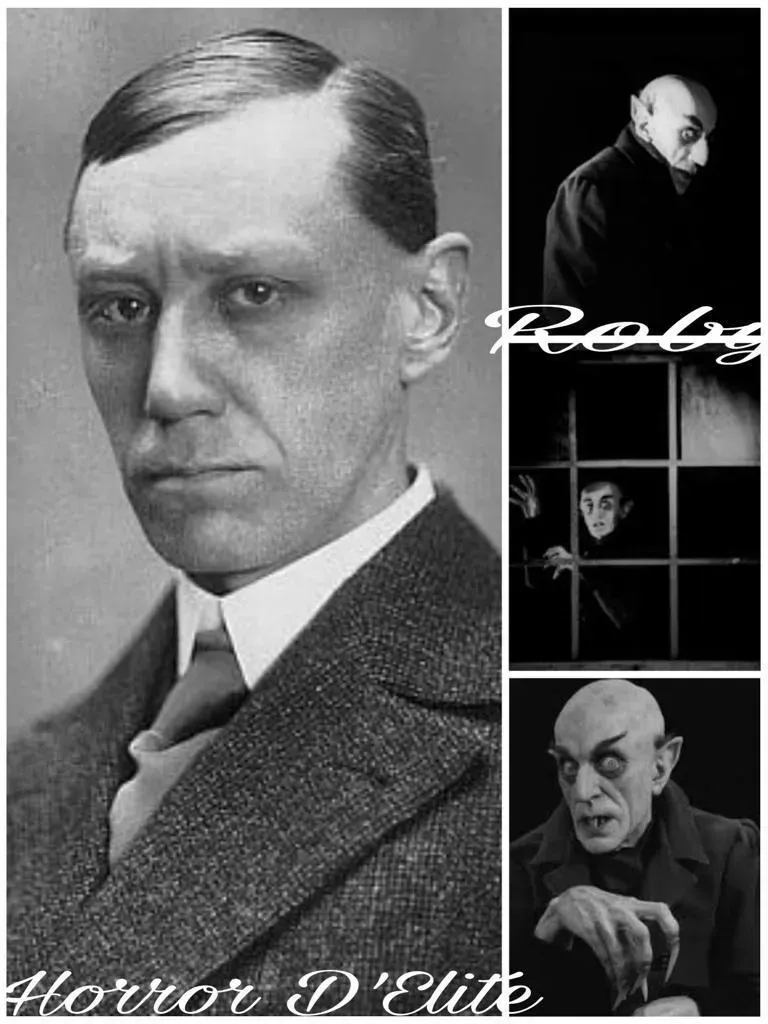Martin Scorsese
Martin Scorsese: A Life Dedicated to Cinema and an Iconic Career
Martin Charles Scorsese is one of the most renowned and influential directors in contemporary cinema. Born on November 17, 1942, in New York City, Scorsese has spent his life immersed in film culture and has contributed significantly to the development of cinematic art through his extraordinary career.
The Formative Years and Passion for Cinema
Since his childhood in the Little Italy neighborhood of Manhattan, Scorsese has shown a deep interest in cinema. Growing up in an Italian-American environment, he drew inspiration from the culture and community around him. He attended Catholic school, where he developed a strong connection to cinema through the viewing of religious films and classic Hollywood movies.
Early Steps in Cinema and Influence of Film Masters
Scorsese began his cinematic career directing short films and documentaries while attending New York University. During this period, he developed a profound admiration for directors such as Alfred Hitchcock, John Ford, and Federico Fellini, who influenced his style and artistic vision.
Debut and Critical Success with “Mean Streets”
Scorsese’s first feature film, “Who’s That Knocking at My Door” (1967), showcased his distinctive talent and ability to create complex characters and intense situations. However, it was with the film “Mean Streets” (1973) that Scorsese gained critical acclaim and established himself as one of the most promising directors of his generation. The film, which explores life in the criminal neighborhoods of Little Italy, has become a classic of American cinema.
International Success with “Taxi Driver” and “Raging Bull”
In the 1970s and 1980s, Scorsese solidified his reputation by directing a series of iconic films ranging from psychological thrillers to dramatic biographies. “Taxi Driver” (1976), starring Robert De Niro, became a cultural icon and earned Scorsese his first Oscar nomination for Best Director. Subsequently, “Raging Bull” (1980), based on the true story of boxer Jake LaMotta, confirmed his ability to tell intense and visceral stories.
Continued Success with “Goodfellas” and “The Last Temptation of Christ”
In the 1990s, Scorsese continued to direct a series of successful films that received critical acclaim and praise from audiences. “Goodfellas” (1990), an epic gangster movie starring Robert De Niro and Ray Liotta, became another cornerstone in Scorsese’s filmography. Similarly, “The Last Temptation of Christ” (1988), a bold and controversial exploration of the life of Jesus Christ, demonstrated his artistic versatility and courage in addressing complex and controversial themes.
International Recognition with “The Departed” and “The Irishman”
In the new millennium, Scorsese continued to direct successful films and received prestigious awards and accolades. “The Departed” (2006), a crime thriller set in the Irish mafia world in Boston, won the Oscar for Best Picture and confirmed his position as a leading director internationally. More recently, “The Irishman” (2019), an epic gangster saga with a stellar cast including Robert De Niro, Al Pacino, and Joe Pesci, received universal acclaim and further solidified his reputation as one of the greatest living directors.
Scorsese’s Legacy in Cinema
Martin Scorsese has left an indelible mark on the global cinematic landscape. His ability to create engaging and complex stories, along with his technical mastery and innovative approach, make him a legendary figure in the world of cinema. His work has inspired and influenced generations of filmmakers and has helped define contemporary cinema.
In Conclusion
Martin Scorsese is one of the greatest directors in the history of cinema. His life and career have been characterized by extraordinary dedication to cinematic art and a unique talent for telling engaging and meaningful stories. His impact on cinema has been profound and enduring, and his work will continue to be studied and celebrated for many years to come.



